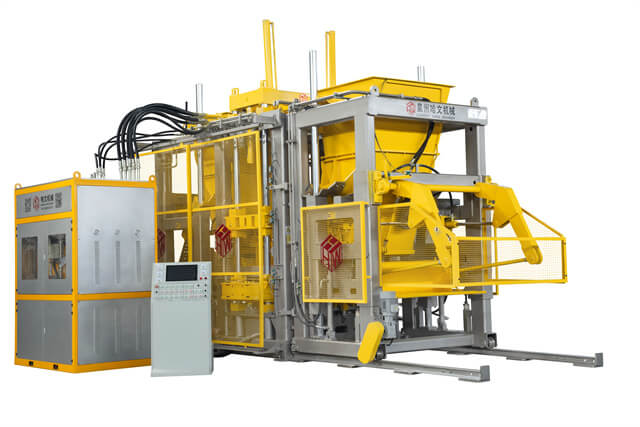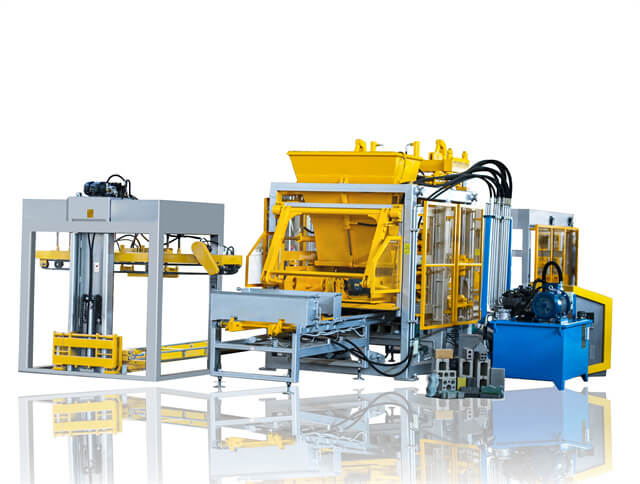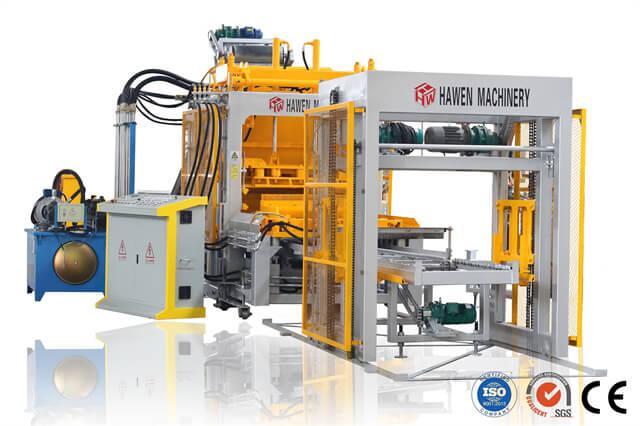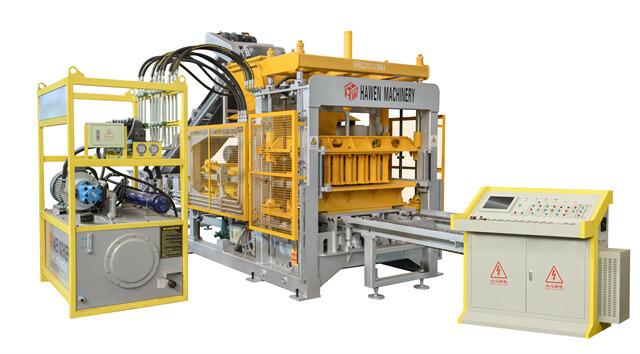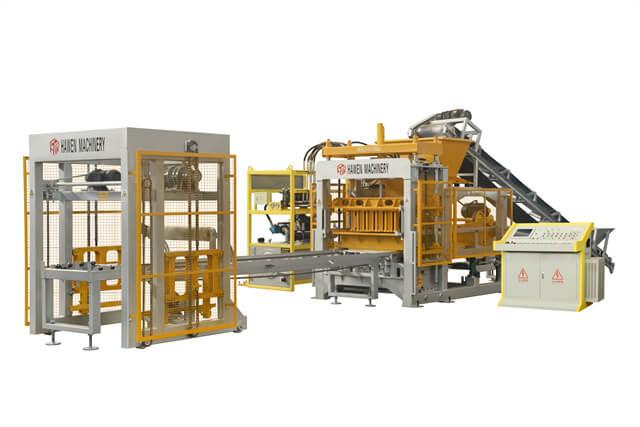Author:HAWEN Block MachineFROM:Brick Production Machine Manufacturer TIME:2024-03-25
The development of manual concrete block machines has played a crucial role in the construction industry. These machines have evolved significantly over time, leading to improved efficiency and productivity in the production of concrete blocks. In this article, we will explore the development history of manual concrete block machines, highlighting the key milestones and advancements that have shaped their design and functionality.
.jpg)
The origins of manual concrete block machines can be traced back to the early 20th century. During this period, manual labor was extensively used for making concrete blocks. Workers would manually mix the concrete, pour it into molds, and then manually compress the mixture to form blocks. These manual processes were time-consuming and required significant effort.
In the 1920s, manual operated machines were introduced, which revolutionized the production of concrete blocks. These machines incorporated a lever or crank mechanism that allowed workers to apply pressure and compress the concrete mixture effectively. This advancement significantly reduced the labor-intensive nature of block production and increased output.

In the 1940s, the vibro-compression technology was introduced, marking a significant milestone in the development of manual concrete block machines. This technology involved the integration of vibration and compression forces to enhance the compaction of the concrete mixture within the mold. The use of vibration eliminated the need for excessive manual force, resulting in more consistent and compact blocks.
During the 1960s, manual concrete block machines became more lightweight and portable. Manufacturers started using materials like aluminum and lightweight steel alloys to construct the machine frames, making them easier to transport and maneuver on construction sites. This development allowed for greater flexibility and improved on-site block production.
In the 1980s, manual concrete block machines were further enhanced with the introduction of interlocking block technology. This innovation involved designing blocks with specialized grooves and protrusions that allowed them to fit together like puzzle pieces, eliminating the need for mortar. Interlocking blocks provided greater stability and reduced construction time.
With advancements in automation technology, manual concrete block machines began incorporating automatic feeding systems in the late 1990s. These systems allowed for a continuous supply of raw materials, reducing the dependency on manual labor for material handling. The integration of automation increased productivity and efficiency in block production.
In recent years, hydraulic presses have become increasingly popular in manual concrete block machines. Hydraulic presses utilize hydraulic power to apply pressure, resulting in better compaction of the concrete mixture. The use of hydraulic presses has led to improved block density, strength, and overall quality.
The latest advancements in manual concrete block machines involve the integration of digital controls and monitoring systems. These systems allow for precise control over various parameters such as vibration frequency, pressure, and block dimensions. The use of digital controls ensures consistent quality and allows for easy adjustment of machine settings.
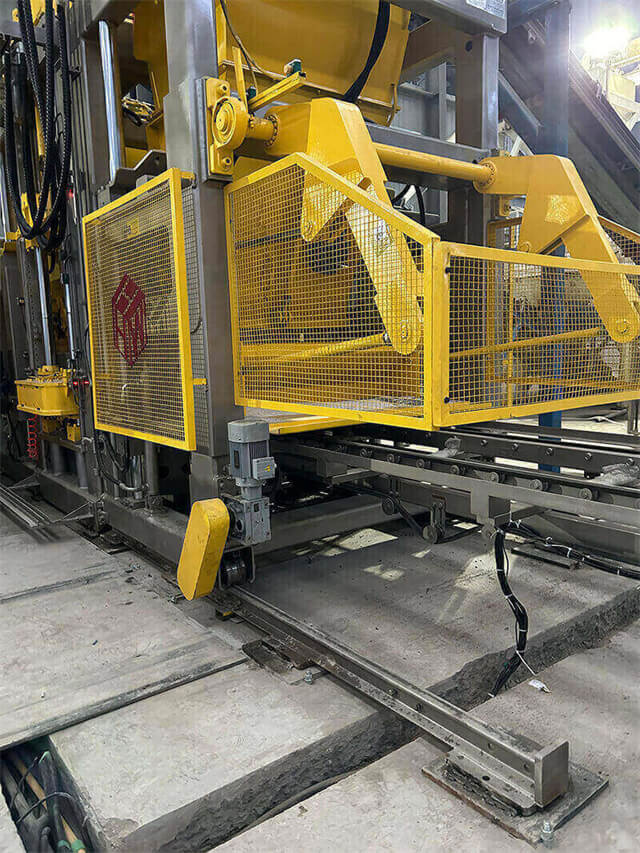
The development history of manual concrete block machines showcases a journey of continuous improvement and innovation. From labor-intensive manual processes to advanced automated systems, these machines have played a vital role in the construction industry. The integration of new technologies and design enhancements has not only increased efficiency but also improved the quality and strength of concrete blocks.
